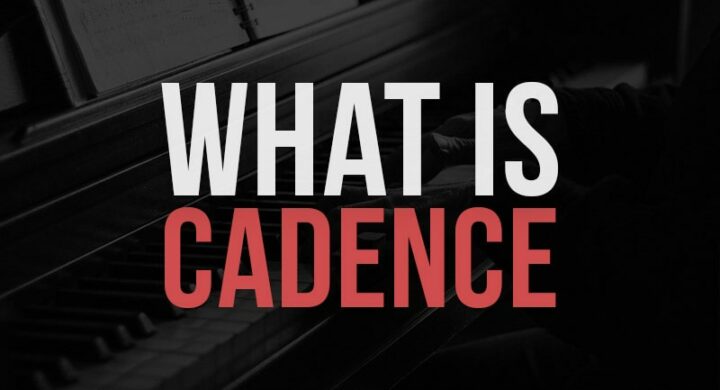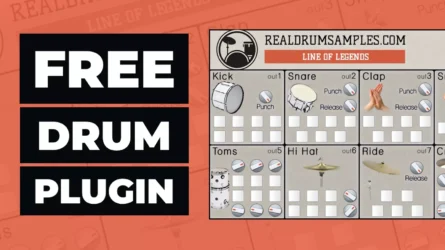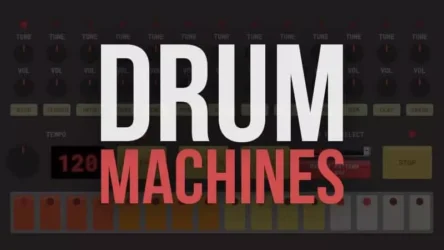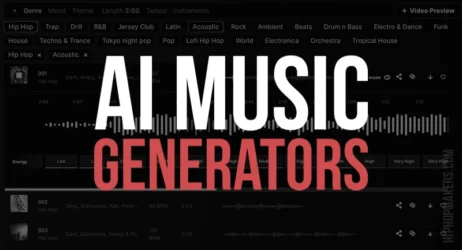This simple guide will answer what is cadence in music theory, the different types of cadences, and how to identify them.
What Is Cadence In Music?
A cadence in music is a combination of chords that ends a phrase or a section of a piece of music. It can be thought of as the punctuation marks in the music, and it gives the sense of resolution of a phrase in the composition.
- What is Cadence in Music
- Types of Cadences
- What Is The Purpose of Cadence
- What is a Simple Cadence
- How Do You Find The Cadence of a Song
- What is a Plagal Cadence
- What is a Half Cadence
- What is a Perfect Cadence

What is Cadence in Music?
Cadence is a chord progression consisting of at least two chords that mark the end of a phrase or a section of a piece of music.
Just like punctuation marks are required to end the texts. Similarly, cadence is used in music to show the feeling of an end. It doesn’t necessarily have to be the final end of the song. But it just needs to give the feeling of the resolution of phrases in a music composition.
Whenever we end in a musical phrase that can be anywhere in the song (even in the middle of the melody ), we use the chords to set up the tension and then relieve that tension. This kind of natural feeling of the end is what we call a cadence. The Latin word for cadence is cadentia which means “a falling”.
So a cadence can be thought of as the end of a musical phrase that contains points of repose or release of tension.
Whenever a phrase in music ends, it either sounds to the listener as finished or unfinished. Whether it will sound finished or unfinished mainly depends on the type of cadence used in that piece of music.
The basic foundation of music is generally the harmonic goal, in which the phrase starts at I chord and then follows a series of chord progressions to end up to an IV or a V chord based on the type of cadence used in the song.
A song can have just two chords, or it can even have hundreds of chords, but ultimately it will reach back to that harmonic goal of the IV or V chord before going back to the I chord.
There remains a continuation of tension and release that moves through the music. The I chord becomes the point of rest or release, and all the remaining chords that lead up to the return to the chord I become the point of tension.
So the two-chord progression between the V chord or the IV chord and the I chord is what we call a cadence.
What Are the Different Types of Cadences?
There are 4 main types of cadence as follows:
- Perfect Cadence
- Plagal Cadence
- Imperfect Cadence
- Interrupted Cadence
Out of these types of cadences, two sounds are finished, while the other two sound unfinished.
The reason the two cadences sound finished is that they end in the chord I.
Considering the C major, the finished cadence would end on the Chord C.
| Cadence Type: | Chords |
| Perfect/Authentic | V-I |
| Plagal | IV-I |
| Imperfect | I-V, II-V, IV-V |
| Interrupted/Deceptive | V-VI |
Apart from these, cadence is also further differentiated according to the voice-leading found over the dominant harmony. These differentiations do not replace the PAC, IAC, or HC construction; instead, they add another level of detail that is specifically useful in model composition.
So these voice-leading distinctions provide three more cadence categories, and they are as follows:
- Simple Cadence
- Compound Cadence
- Double Cadence
What Is The Purpose of Cadence?
The primary purpose of cadence in a piece of music is to indicate when a phrase ends. A cadence in any place in the piece of music highlights the feeling of an end.
Note that this feeling of end can be either a strong, definite stopping, just like we see at the end of a song, or even just a movement or a section. But it can also mean a short pause that we see at the end of an individual musical phrase.
A musical piece can end by simply stopping, but if that stopping position doesn’t make sense, the listener will not be very happy about it. The feeling would be similar to when we end a conversation mid-sentence.
So instead, a more satisfying ending is generally provided through the chord progression, which allows the listener to know when the end is coming up.
What is a Simple Cadence?
A simple cadence is referred to when the dominant harmonic function in a piece of music is articulated by a single chord, which can be either a triad or a single chord.
The simple cadence can be used in a PAC, IAC, or HC construction, but the seventh chord version is only typically found in authentic cadences.
How Do You Find The Cadence of a Song?
In music, a phrase is a series of notes that sounds complete even when played apart from the main song, and cadence is a two-chord progression that occurs at the end of a phrase.
So to identify and find the cadence of a song, it is important to focus on the phrase endings in a song.
For example, if a phrase ends with any chord going to V, then it can be said that the half cadence is occurring.
What is a Plagal Cadence?
A plagal cadence is a cadence that moves from chord IV to chord I. It is also sometimes called ‘Amen Cadence’ because the word “Amen” is set to it at the end in many traditional hymns.
Note that plagal cadences are generally used to end a phrase within a song instead of at the very end. This is because they are as decisive-sounding as perfect cadences.
What is a Half Cadence?
A half cadence is also known as an imperfect cadence. It can start on chords I, II, or IV and end on chord V. This cadence is called half cadence because it doesn’t feel like it is done yet.
What is a Perfect Cadence?
A perfect cadence, also known as absolute cadence, moves from chord V to chord I and sounds the most perfect.
Summary of Cadence in Music
Cadences are a group of chords that mark the end of a phrase or section in music. They are like punctuation marks in music, conveying a sense of resolution to a phrase in a composition.
I hope you found this information on cadence in music helpful.
If we missed anything related to cadences, please share it in the comments.





Very useful website. Thanks a lot. Thanks once again.